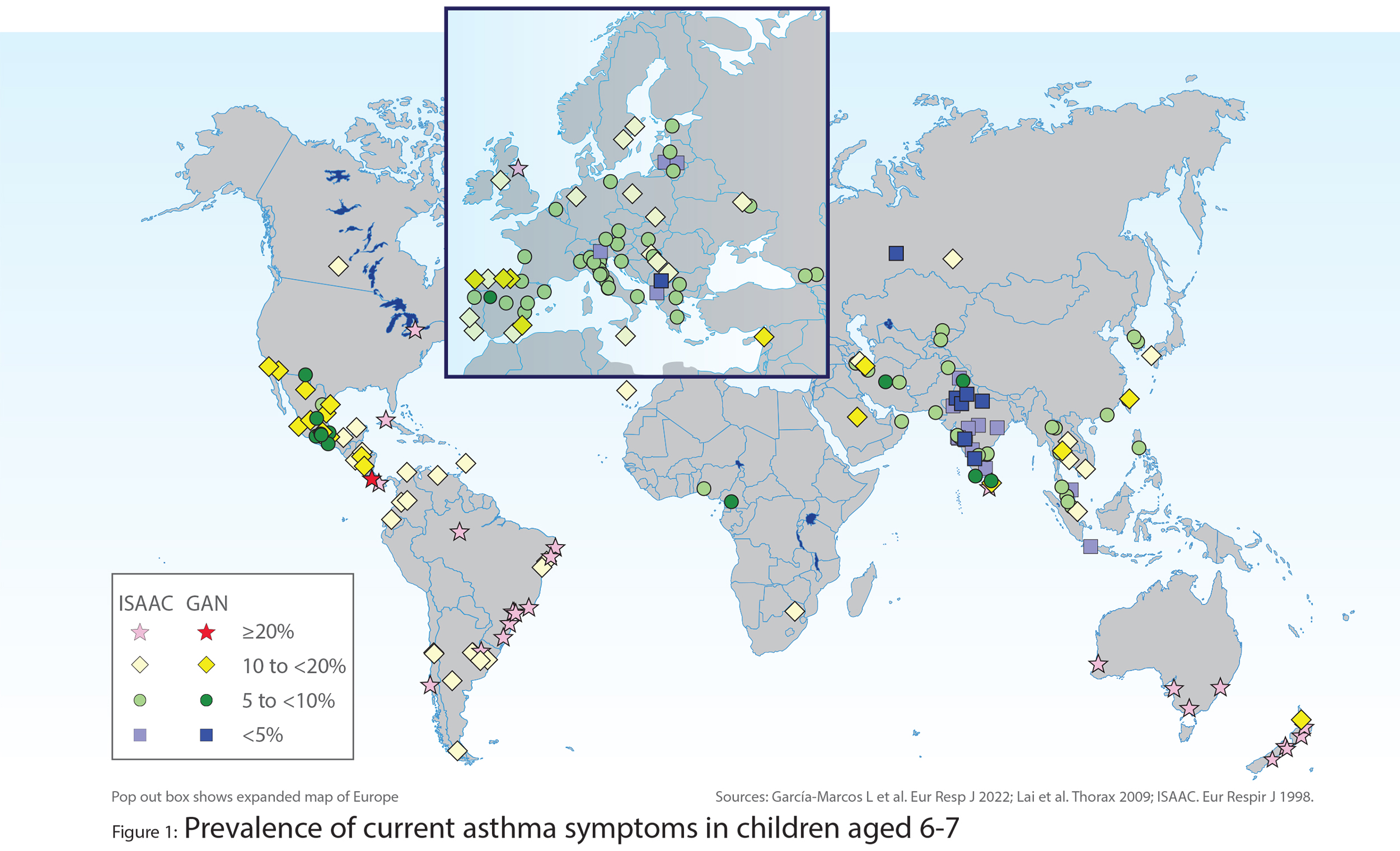
Spacers for Asthma and Wheezing in Children
Inhaled therapy is the treatment of choice for delivering medicines for the relief and prevention of asthma. While the metered dose inhaler (MDI) is the core inhaler device, all preschool children and most older children are unable to coordinate their breathing when they use it, and thus it is ineffective. The MDI used with a spacer device is the optimal delivery system for treatment of acute and chronic asthma in children. An alternative to a commercially produced valved spacer is a 500ml plastic bottle spacer, adapted from a drink bottle.
The value of spacers
When an MDI and spacer are used together, large non-respirable particles in the MDI aerosol mist deposit on the walls of the spacer. This leaves only the smaller respirable particles airborne for inhalation. The child does not need any special inhalation technique – just ordinary tidal breathing – for optimal delivery of the aerosol medicine to the airways.
For acute asthma, bronchodilators given via MDI with spacer are equivalent or superior to nebulised therapy for relief of bronchoconstriction in infants and children, even when the degree of airways obstruction is severe. An MDI with spacer delivery system has many other advantages over nebulisation, including faster and easier administration of the drugs; more compact, easier to transport; no need for a power source; and lower risk of spread of infection between patients.
For chronic asthma, prevention of asthma symptoms requires inhaled corticosteroids (ICS). At all ages, the MDI with a spacer delivery system is the most effective, because of reliable ICS drug delivery, and is preferred over MDI alone or a dry powder device. Like the MDI alone, dry powder delivery systems also depend on a specific breathing technique for optimal drug delivery.
The bottle spacer is an effective option
Various commercially produced spacers exist but expense and unavailability have restricted their use in resource-limited settings. A modified 500 ml plastic bottle can be an effective spacer for delivery of MDI bronchodilator therapy in children of all ages. Aerosol deposition and clinical studies have shown that a 500ml plastic bottle spacer, made according to the steps below, is as effective as a commercially produced spacer for delivery of bronchodilators in children with asthma and young children with wheezing. Conversely, a polystyrene cup was an ineffective spacer for children with moderate to severe airway obstruction, and is therefore inappropriate for use.
How to make a bottle spacer
To modify a 500ml plastic bottle for use as an effective spacer:
- Wash the bottle with soap and water and air dry for a minimum of 12 hours to reduce electrostatic charge on the interior plastic.
- Make a wire mould similar in size and shape to the mouthpiece of the MDI.
- Heat the mould and hold in position on the outside of the base of the plastic bottle until the plastic begins to melt (~10 seconds). Rotate the mould 180% and reapply to the bottle until the mould melts through to make a hole.
- While the bottle is still warm, insert the MDI into the hole to ensure a tight fit between the MDI and bottle spacer.
New bottle spacers should be primed initially with 10 puffs of the medicine to reduce electrostatic charge on the walls, which attracts small particles, and thus make more aerosol medicine available for inhalation.
How to use a bottle spacer
Use a modified 500ml plastic bottle in a similar way to a conventional spacer.
- Insert the MDI into the hole at the base of the bottle spacer.
- Hold the neck of the bottle spacer in the child’s mouth, simulating a mouthpiece and making it easier to direct the aerosol into the airways (Figure 1). For a young child who cannot form a tight seal with the spacer in their mouth, a small commercially available facemask that fits on the open end of the bottle can be applied (Figure 2).
- Give the child a single puff of the MDI with the spacer, followed by normal breathing, and repeat until the desired amount of medicine is given, which is frequently 2 puffs, but may be up to 6 puffs for relief of bronchoconstriction. This method ensures optimal MDI drug delivery to the child.
Conclusion
Low cost, effective spacer devices are essential equipment for the delivery of good asthma care. Modification and use of a bottle spacer is included in national and international asthma guidelines. The use of the bottle spacer has enabled delivery of optimal inhaled asthma therapy in the poorest households, empowering children and their families to provide such care.
Next: Achieving Access to Affordable, Quality-Assured, Essential Asthma Medicines >

